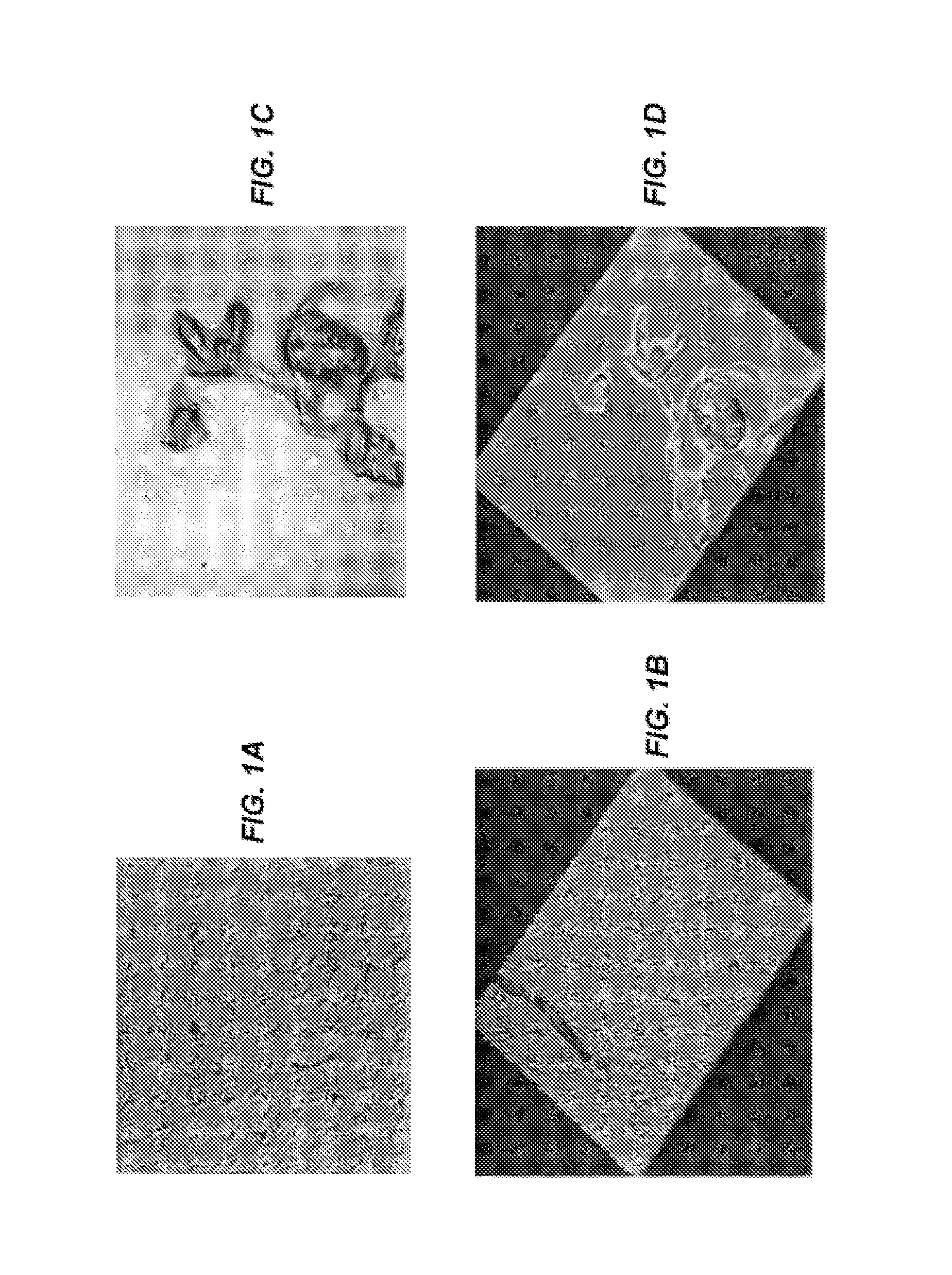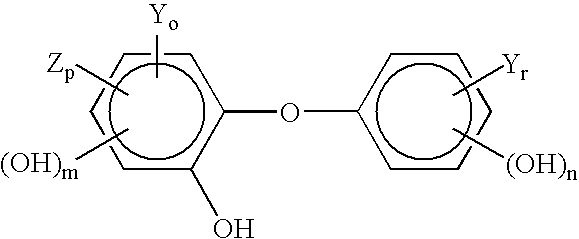Method of inhibiting the transmission of influenza virus
a technology of influenza virus and antiviral activity, which is applied in the field of antiviral compositions, can solve the problems of high virus infection rate of birds, high mortality rate of flocks, and possible severe or fatal illness of mammals, and achieve rapid and persistent antiviral effectiveness, rapid and persistent activity, and the effect of rapid and persistent activity
- Summary
- Abstract
- Description
- Claims
- Application Information
AI Technical Summary
Benefits of technology
Problems solved by technology
Method used
Image
Examples
example 1
[0227] The following compositions were prepared.
SampleComposition (by wt %)162% ethanol in water22% malic acid in water32% citric acid in water42% citric acid, 2% malic acid, and 62% ethanol in water5Sterile deionized water
[0228] The samples were tested for antiviral activity against influenza A virus in a time kill suspension test. The following table summarizes the results of the test.
Log 10 Reductionof Influenza A VirusSample1 minute3 minutes13.11 log>3.5 log2>2.5 log>2.5 log3>2.5 log>2.5 log4>1.5 log>1.5 log5
[0229] This example illustrates the immediate antiviral activity of organic acids and a composition containing organic acids against influenza virus. In Samples 2-4, no viable virus was detected. However, due to cellular toxicity at the lower dilutions, the sensitivity of the test was reduced. Ethanol also has immediate activity against influenza A, although the incubation time was three minutes before complete inactivation of the virus was observed.
example 2
[0230] The following antiviral composition, which is capable of reducing skin pH, was prepared and applied to.the fingerpads of human volunteers:
Sample 2MaterialPercent (by weight)Ethanol62.0Deionized water32.11ULTREZ ® 101)1.0Citric acid2.0Malic acid2.0Sodium hydroxide0.89100.0
1)Acrylate / C10-30 Alkyl Acrylate Crosspolymer.
[0231] The clean fingerpads of test subjects were treated with the above composition. Baseline skin pH readings were measured from the fingerpads prior to treatment with the composition. Skin pH measurements also were taken immediately after the composition dried on the fingerpads, then again 30 minutes after drying.
AverageVirus Log 10Viral Log 10% HandsTreatmentRecoveredReductionwith VirusDrying2.67100ControlSample 2>1.670
[0232] Thirty minutes after treatment of the fingerpads with Sample 2, influenza virus at a titer of 2.5×103 TCID50 / mL was applied to the fingerpads. The virus was dried on the fingerpads for one minute, then the fingerpads were rinsed with...
example 3
[0233]
Log ReductionATCC 6538ATCC 11229Sample30 seconds1060 seconds1)30 seconds60 secondsA>4.91>4.91>5.00>5.00B>4.91>4.91>5.00>5.00
1)Contact time on the skin
A. 62% Ethanol, 2% citric acid, 2% malic acid, 1.25% hydroxyethylcellulose
B. 62% Ethanol, 2% citric acid, 2% malic acid, 1.25% hydroxyethylcellulose, and skin emollients
[0234] This example illustrates that compositions of the present invention also provide a rapid and broad spectrum antibacterial activity.
PUM
| Property | Measurement | Unit |
|---|---|---|
| pH | aaaaa | aaaaa |
| temperature | aaaaa | aaaaa |
| glass transition temperature | aaaaa | aaaaa |
Abstract
Description
Claims
Application Information
 Login to View More
Login to View More - R&D
- Intellectual Property
- Life Sciences
- Materials
- Tech Scout
- Unparalleled Data Quality
- Higher Quality Content
- 60% Fewer Hallucinations
Browse by: Latest US Patents, China's latest patents, Technical Efficacy Thesaurus, Application Domain, Technology Topic, Popular Technical Reports.
© 2025 PatSnap. All rights reserved.Legal|Privacy policy|Modern Slavery Act Transparency Statement|Sitemap|About US| Contact US: help@patsnap.com



